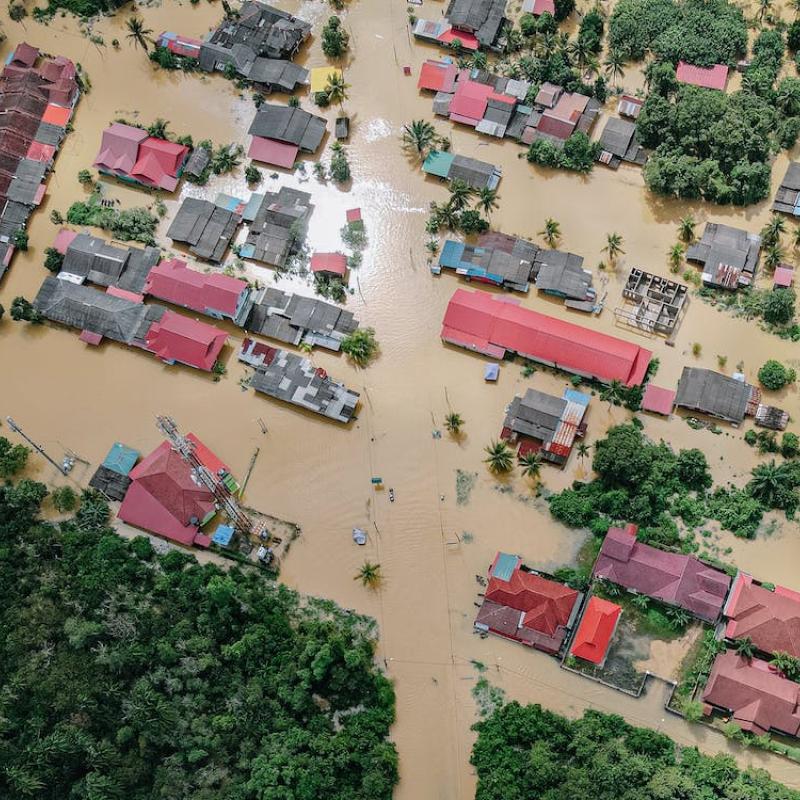Multi-hazard interactions under climate change

Suggested elective course:
- Multi-hazard modelling and risk.
Natural hazards such as debris flows, landslides or flooding often occur due to extreme hydrometeorological events. Intense storms can drive mass erosion, slope instability or flooding directly. Impact can be aggravated by multi-hazard interactions when these hazards interact. In this topic, you will investigate the dynamics of multi-hazard interactions under climatic changes in the future. Many events/process chains might be chosen, but a pressing topic is the frequent occurrence of debris flows and mass erosion in Illgraben, Switzerland. You will use state-of-the-art modelling approaches to understand the erosive processes and predict these for recent events. Using historic data from drones you will verify the methods and employ these datasets for the future using climate projection data. The topic might involve fieldwork to the area in order to obtain further data on soil geotechnical properties and validation data for the models. The model results will contribute to understanding this hazardous process at a more fundamental level and improve disaster risk reduction.
Understanding and modelling mass erosive processes due to debris flows. You will use physically-based modelling in combination with data analysis on observed conditions and net elevation changes obtained from pre- and post- event drone footage.
Explaining the influence of initial soil conditions on erodibility and depositional dynamics. Vary and verify the behavior of initial soil conditions on erosive behavior in the model and compare with the real observations.
Trends in erosive processes in the Illgraben area due to climate change. Carry out analysis of climate projections for the CMIP6 data for the area and run the models with this input to estimate future erosion behavior due to debris flows.
